Click on images to enlarge
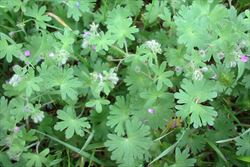
habit (Photo: Sheldon Navie)
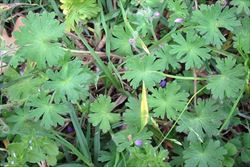
habit (Photo: Sheldon Navie)
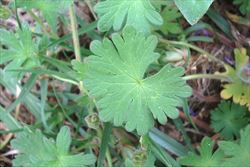
lower leaf (Photo: Sheldon Navie)
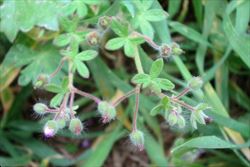
upper leaves and flower buds (Photo: Sheldon Navie)
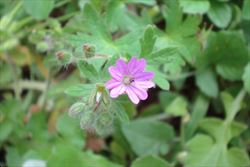
close-up of flower (Photo: Sheldon Navie)
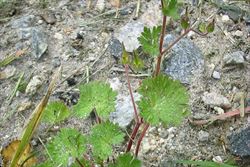
stems, leaves and immature fruit (Photo: Sheldon Navie)
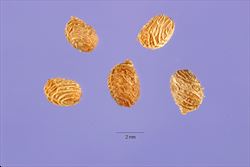
close-up of seeds with awns removed (Photo: Jose Hernandez at USDA PLANTS Database)
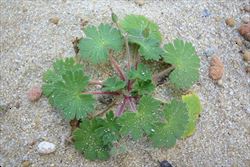
young plant (Photo: Sheldon Navie)
Scientific Name
Geranium molle L. subsp. molle
Synonyms
Geranium molle L.Geranium molle L. var. molle
Family
Geraniaceae
Common Names
cranesbill, cranesbill geranium, dove's foot, dove's foot cranes bill, dove's foot crane-bill, dove's foot cranesbill, dovefoot crane's bill, dovefoot geranium, dove's-foot, dovesfoot, dove's-foot crane's-bill, dove's-foot cranesbill, dovesfoot cranesbill, dove's-foot geranium, soft crane's-bill, soft cranesbill, soft geranium, woodland geranium
Origin
Native to northern Africa (i.e. northern Algeria, northern Egypt, northern Libya, Morocco and Tunisia), the Azores, the Madeira Islands, the Canary Islands, all of Europe and western Asia, southern Russia and north-western India.
Naturalised Distribution
Widely naturalised in southern Australia. It is common in eastern New South Wales, the ACT, Victoria, Tasmania, the southern parts of South Australia, and the coastal districts of south-western Western Australia. It is also naturalised on Lord Howe Island and was naturalised in south-eastern Queensland.
Widely naturalised overseas in New Zealand, Hawaii, North America, South America and southern Africa.
Notes
Dove's-foot cranesbill (Geranium molle subsp. molle) is regarded as an environmental weed in Victoria and South Australia. This species is a common weed of gardens, lawns, footpaths, roadsides, pastures, crops, disturbed sites and waste areas in the southern parts of Australia. It has also invaded natural habitats, but is generally seen as a minor or potential environmental weed.
In Victoria, dove's-foot cranesbill (Geranium molle subsp. molle) is regarded as a potential threat to one or more plant communities and appears on several local and regional environmental weeds lists (e.g. in the Goulburn Broken Catchment, Banyule City, Frankston City and the Angahook-Otways region). It has also been recorded as a common species growing in the herbaceous ground layer in sites occupied by the endangered late helmet-orchid (Corysanthes sp. aff. diemenicus) in southern Victoria.
Though it is generally not seen as a serious threat, dove's-foot cranesbill (Geranium molle subsp. molle) is often recorded in conservation areas in South Australia (i.e. Coorong National Park, Mount Magnificent Conservation Park, Coffin Bay National Park, Cleland Conservation Park, Kaiserstuhl Conservation Park, Brownhill Creek Recreation Park and Kangaroo Flat Native Forest Reserve), New South Wales (i.e. Kwiambal National Park), Victoria (e.g. Phillip Island Nature Park) and Tasmania (i.e. Greens Beach/Kelso Coastal Reserve).

